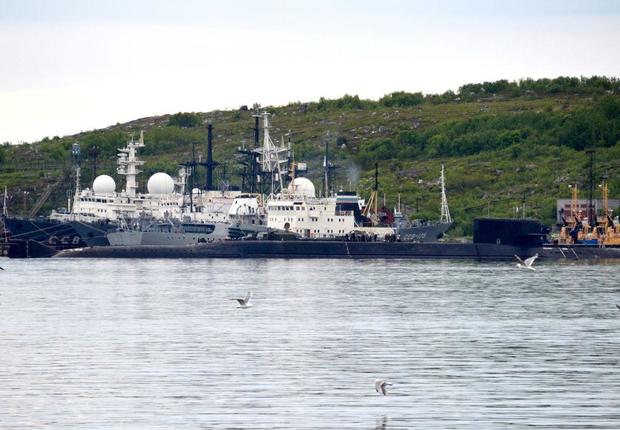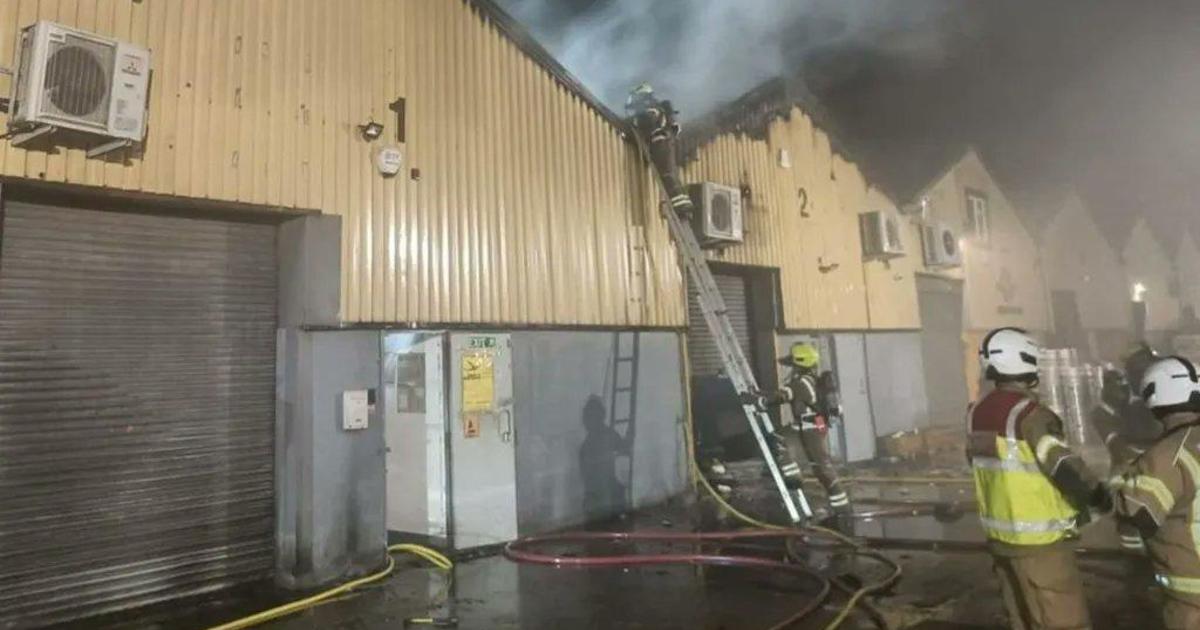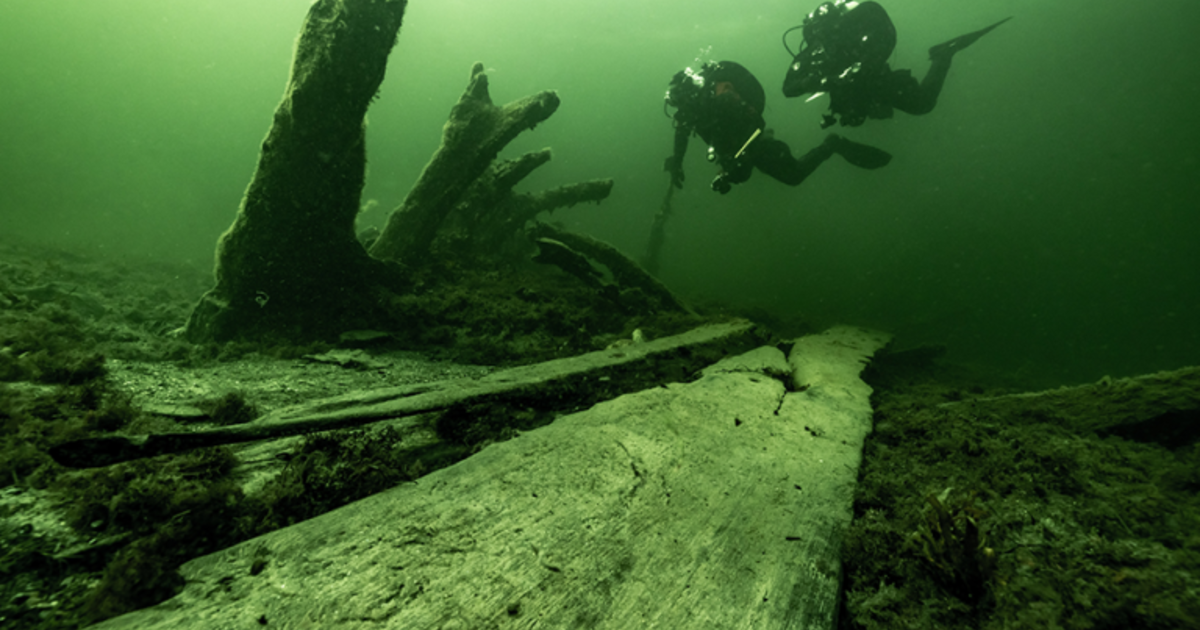14 sailors killed in fire aboard Russian navy deep-sea submersible
Fire broke out on one of the Russian navy's deep-sea research submersibles, and toxic fumes from the blaze killed 14 sailors aboard, Russia's Defense Ministry said Tuesday, although it released few details about the disaster or the vessel involved.
The Defense Ministry did not say how many sailors were aboard the vessel during Monday's fire, whether there were any survivors or if it was submerged at the time. But Russian media reported it was the country's most secret submersible, a nuclear-powered vessel designed for sensitive missions at great depths.
Some Russian media said the vessel was an AS-12 nuclear-powered sub, however, there has been no official confirmation, BBC News reported. The vessel is now at Severomorsk, the main base of the Russian Northern Fleet.
President Vladimir Putin, who came under criticism for his handling of the Kursk nuclear submarine disaster in 2000 that killed 118 sailors, canceled a scheduled appearance and immediately summoned Defense Minister Sergei Shoigu for a briefing on the blaze, which was under investigation.
"Fourteen submariners have died of poisoning by fumes from the fire," Shoigu told Putin during a televised meeting. "The fire was extinguished thanks to the crew's resolute action."
The Losharik, which entered service in 2010, is the most advanced and most obscure Russian submarine. It's named after a Soviet-era cartoon character, a toy horse made of small spheres.
The name is apparently explained by the unique design of its internal hull, which is made of several titanium spheres capable of withstanding high pressure at great depths.
In 2012, the Losharik was involved in research intended to prove Russia's claim on the vast Arctic seabed. It collected samples from the depth of 8,202 feet, according to official statements at the time. Regular submarines can typically dive to depths of up to 2,000 feet.
Some observers speculated the Losharik was even capable of going as deep as 19,685 feet, but the claims couldn't be independently confirmed. Analysts suggested that one of its possible missions could be disrupting communication cables on the ocean bed.
The Losharik is carried under the hull of a mother submarine, the nuclear-powered Orenburg.
Russian news reports said that while the Losharik officially belongs to the Northern Fleet, it answers directly to the Defense Ministry's Department for Deep-Sea Research, reflecting the high sensitivity of its missions.
The Russian navy also uses Priz-class and Bester-class deep water vehicles, which have a hull built of titanium and are capable of operating at a depth of 3,281 feet. The small vehicles have a crew of two and are primarily intended for rescuing submariners in case of incidents. Such vessels are transported to the area of operation by a carrier vessel and can operate autonomously for up to 120 hours.
The blaze marks the most serious Russian naval incident since 2008, when 20 died when a firefighting system was accidentally initiated while the Nerpa nuclear-powered submarine of Russia's Pacific Fleet was undergoing trials.
In the deadliest naval incident in post-Soviet Russia, the Kursk nuclear submarine exploded and sank Aug. 12, 2000, during naval maneuvers in the Barents Sea, killing all 118 crewmembers.





